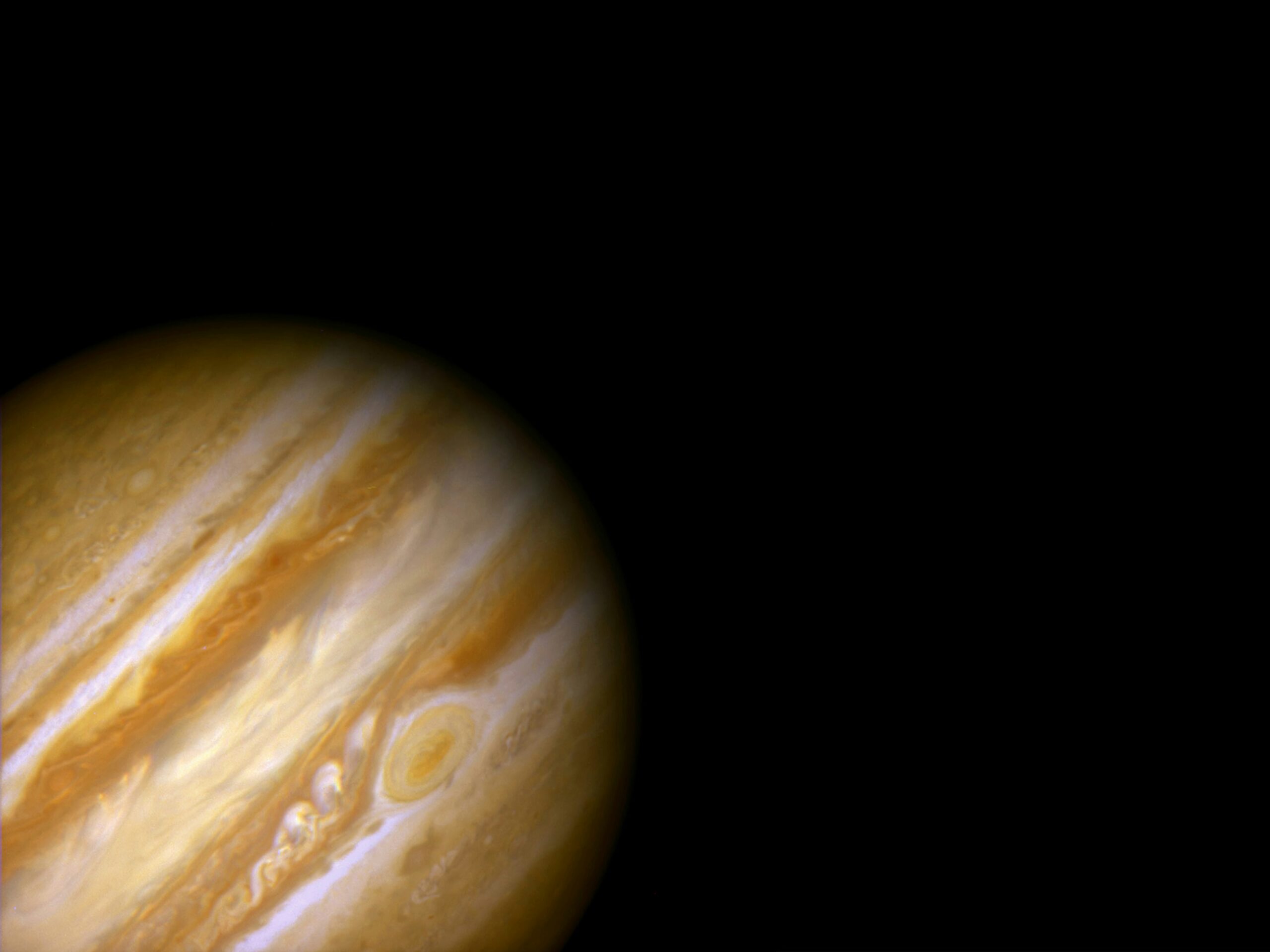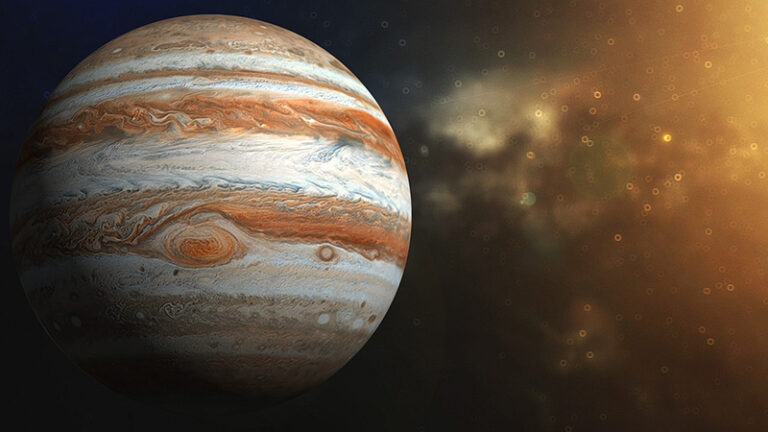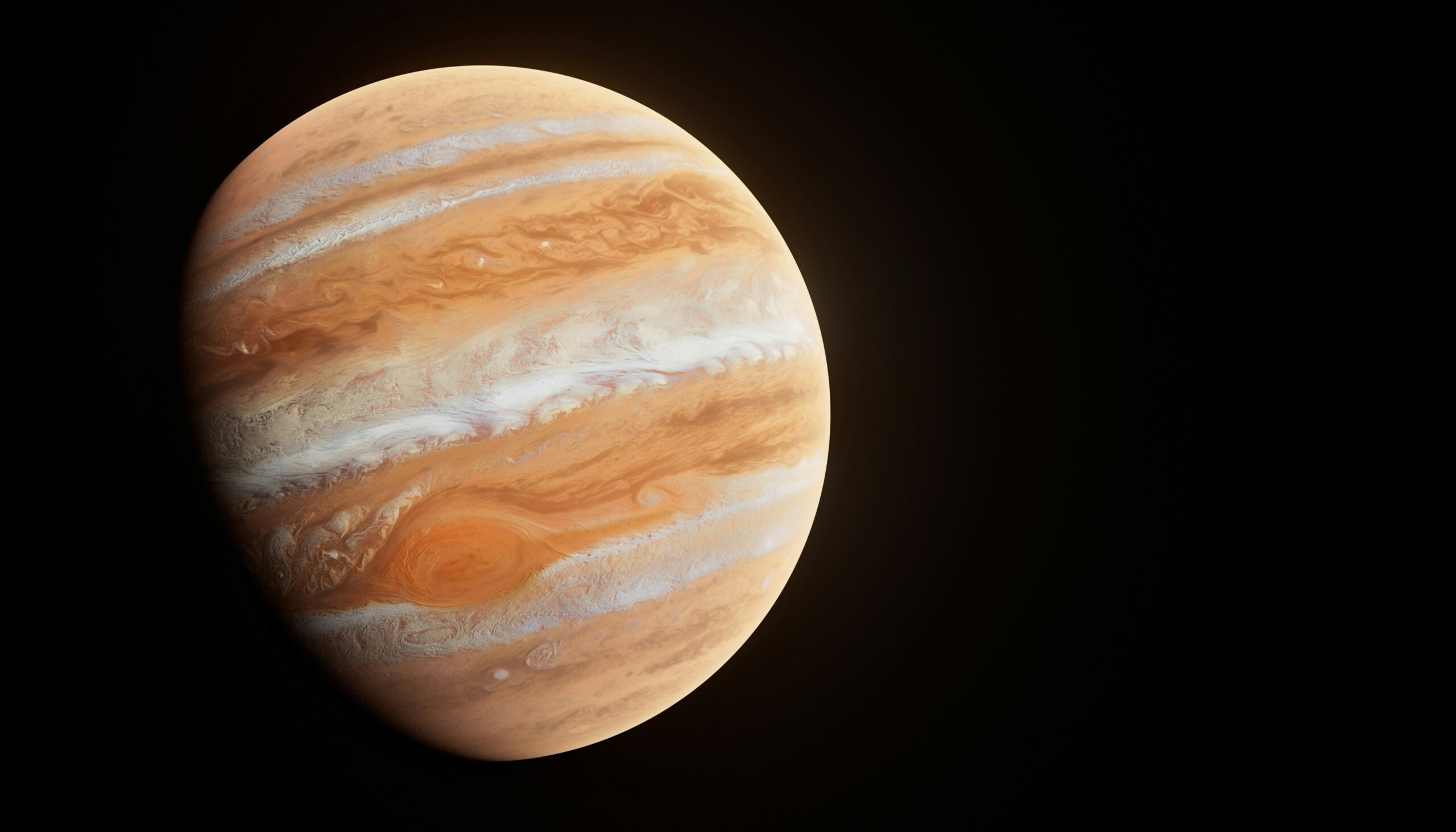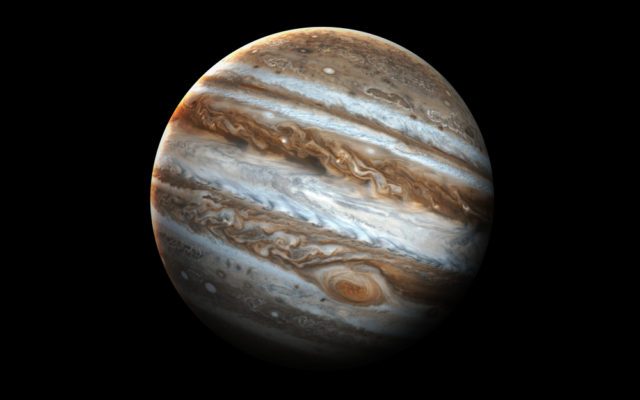The Great Red Spot, a massive storm on Jupiter, has captivated scientists and space enthusiasts for centuries. This swirling vortex, which is larger than the Earth, has remained a mystery for decades. However, recent advancements in technology and exploration have brought us closer to unraveling the secrets of this enigmatic phenomenon.
One of the biggest puzzles surrounding the Great Red Spot is its longevity. How has this storm managed to persist for hundreds of years? Scientists believe that the spot’s deep roots in Jupiter’s atmosphere, combined with the planet’s immense size and strong winds, contribute to its longevity. The spot’s constant churning and interaction with surrounding atmospheric conditions help sustain its existence.
Another mystery lies in the spot’s vibrant red color. Initially thought to be caused by simple chemical reactions, recent studies suggest that the color may be the result of complex organic molecules interacting with sunlight. This finding opens up new possibilities for understanding the chemistry of Jupiter’s atmosphere and the potential for life beyond Earth.
Furthermore, the Great Red Spot’s shape has also puzzled scientists. While it has historically been an oval shape, recent observations have shown it becoming more circular. This change in shape raises questions about the underlying dynamics of the storm and the forces at play within Jupiter’s atmosphere. Scientists continue to study these changes to gain insights into the planet’s complex weather patterns.
As our understanding of the Great Red Spot evolves, so too does our understanding of the larger universe. By studying this massive storm, scientists can gain valuable insights into planetary dynamics, atmospheric conditions, and the potential for life on other planets. The mysteries of the Great Red Spot continue to inspire and challenge us, driving further exploration and discovery in the vast expanse of space.






